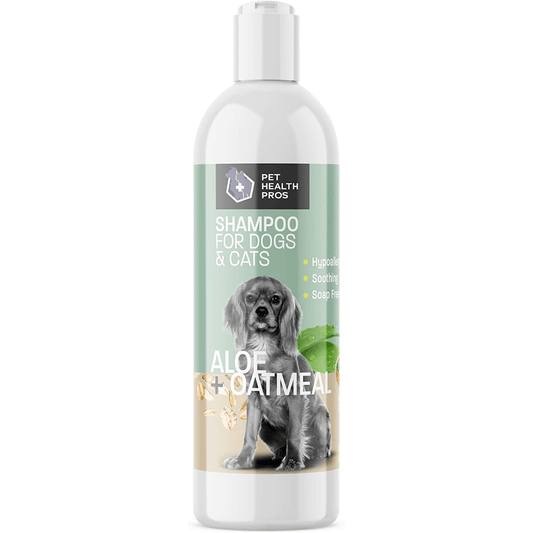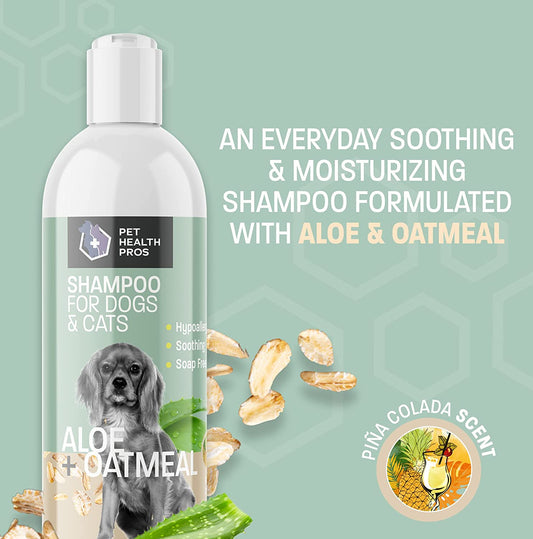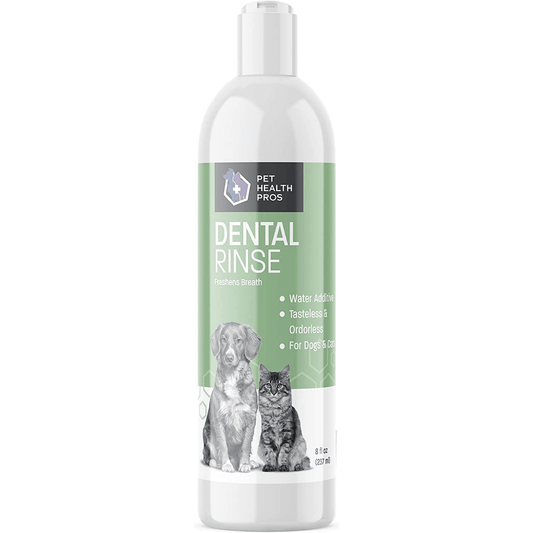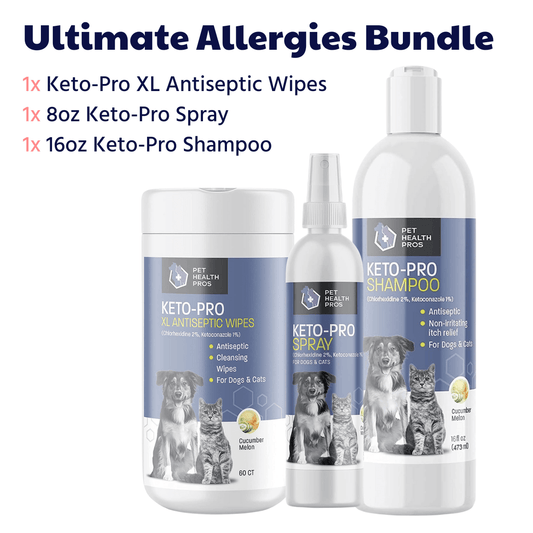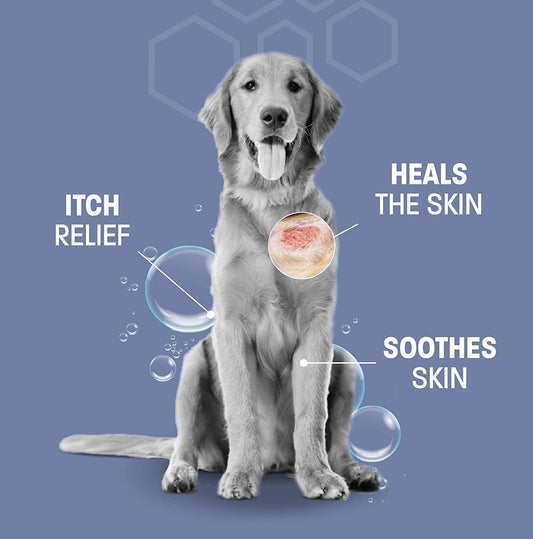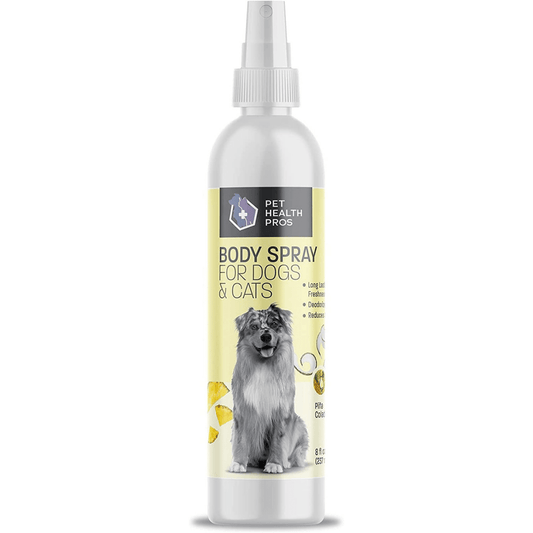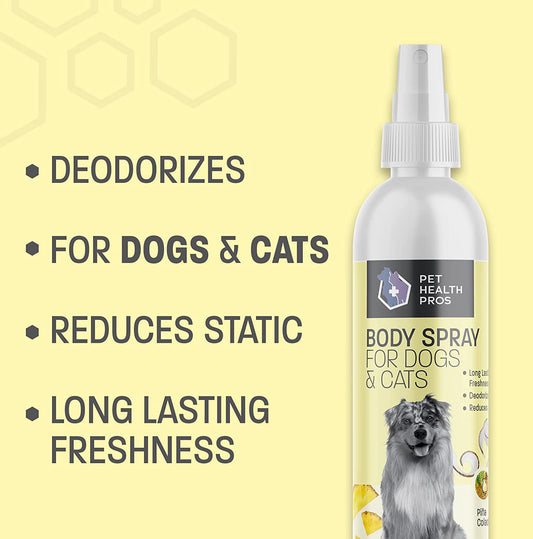Owning a pet is a joy, but let's face it, the costs can add up quickly. From food to vet visits, it seems like there's always something to pay for. But here's the good news: you don't have to spend a fortune to keep your furry pals happy and healthy. With a little creativity and some resourcefulness, you can provide excellent pet care for free or at a low cost. This guide is packed with tips and tricks to help you do just that. Whether you're a new pet parent or a seasoned pro, there's something here for everyone.
Key Takeaways
- Understand your pet's basic needs like nutrition, exercise, and health checks to keep them thriving.
- Create fun and engaging toys using everyday items found around the house.
- Learn how to groom your pet at home to save money on professional services.
- Explore community resources like pet food banks and low-cost clinics to help with expenses.
- Train your pet using budget-friendly methods like positive reinforcement and socialization.
Understanding Basic Pet Needs
Caring for a pet without spending a fortune is all about understanding their basic needs. Pets, just like us, have fundamental requirements that, when met, ensure they lead happy and healthy lives. Let's break down these needs into three main categories: nutrition, exercise, and health.
Nutrition and Diet
Feeding your pet doesn't have to be expensive, but it does need to be balanced. A well-balanced diet is crucial for your pet's health. Whether you have a dog, cat, or any other furry friend, ensure their diet includes the right mix of proteins, carbohydrates, and fats. You can often find affordable pet food options that meet these nutritional standards. Consider:
- Checking labels for complete and balanced nutrition.
- Comparing prices between brands for cost-effective options.
- Making homemade meals occasionally, ensuring you include all necessary nutrients.
Exercise and Play
Physical activity is as important for pets as it is for humans. Regular exercise keeps your pet fit and mentally stimulated. Here are a few tips to keep your pet active:
- Daily walks or runs for dogs.
- Interactive play sessions with toys for cats.
- Safe spaces for small animals to explore and play.
Think of exercise as a way to bond with your pet while keeping them healthy. Plus, many activities can be done for free or at a low cost.
Health and Wellness
Regular check-ups and preventive care are vital for maintaining your pet's health. While vet visits can be pricey, there are ways to manage these costs:
- Utilize community resources such as free or low-cost clinics.
- Keep up with vaccinations and deworming schedules.
- Learn basic health checks to monitor your pet's well-being at home.
"By focusing on these basic needs, you're not only keeping your pet healthy but also strengthening the bond you share."
Understanding these basic needs and addressing them appropriately can lead to a more fulfilling and joyful life for your pet without straining your budget. Remember, it's all about providing love, attention, and care in the right proportions.
DIY Pet Toys and Enrichment
Keeping your pets entertained doesn't have to cost a fortune. With a little creativity, you can make engaging toys right at home. Let's dive into some easy ways to keep your furry friends happy and mentally stimulated.
Creating Toys from Household Items
You might be surprised how many everyday items can double as pet toys. Old socks, cardboard boxes, and even toilet paper rolls can be transformed into fun playthings. Here's how:
- Sock Tug Toy: Take an old sock, knot it in the middle, and you've got a simple tug toy.
- Cardboard Box Maze: Cut holes in a box and connect several boxes together to create a maze for your pet to explore.
- Toilet Paper Roll Puzzle: Stuff a few treats into a toilet paper roll, fold the ends, and let your pet figure out how to get the treats out.
Interactive Games for Mental Stimulation
Interactive play is key for keeping your pet's mind sharp. Games that require them to think and solve problems are perfect for this. Try these ideas:
- Hide and Seek: Hide treats around the house and encourage your pet to find them.
- Puzzle Feeders: Use a puzzle feeder to make meal times more challenging and fun.
- DIY Agility Course: Set up a mini obstacle course in your living room with cushions and chairs.
Safe and Fun Outdoor Activities
Outdoor activities can be both fun and safe for your pets. Here are some activities you can try:
- Fetch with a Twist: Use a frisbee or a soft ball for a game of fetch.
- Nature Walks: Take your pet on a walk through a local park or nature trail.
- Backyard Digging Box: Create a designated digging area in your yard with sand or dirt.
Pets thrive when they're mentally and physically engaged. By using items you already have at home, you can create a world of fun for your pet without spending a dime. For more tailored pet care advice, consider using Pet Genius for personalized insights into your pet's needs.
Affordable Pet Grooming Tips
Grooming your pet at home can be a rewarding and cost-effective way to keep them looking their best. Here's how you can manage grooming without spending a fortune.
Home Bathing Techniques
Bathing your pet at home doesn't need to be complicated. Start by choosing a pet-friendly shampoo that suits your pet's coat type. Avoid using human products as they can irritate your pet's skin. Use lukewarm water and gently massage the shampoo into their fur. Rinse thoroughly to prevent any residue that might cause itching. Make bath time enjoyable by offering treats and praise.
Nail Trimming and Ear Cleaning
Keeping your pet's nails trimmed is essential for their comfort and health. Invest in a good-quality nail clipper designed for pets. Trim nails slowly, cutting just the tip to avoid hitting the quick, which can be painful. For ear cleaning, use a vet-recommended solution. Gently wipe the outer ear with a cotton ball, avoiding deep insertion. Regular nail and ear care prevent infections and discomfort.
Maintaining a Healthy Coat
Brushing your pet regularly helps in maintaining a healthy coat and reducing shedding. Choose a brush suitable for your pet's fur type. Long-haired pets may need a slicker brush, while short-haired pets might benefit from a bristle brush. Brushing not only keeps their coat shiny but also strengthens your bond with them. For pets prone to matting, consider a de-matting comb. Regular grooming sessions can prevent skin problems and make your pet feel loved and cared for.
Grooming isn't just about keeping your pet looking good; it's about their health and happiness. Regular grooming routines can help you spot health issues early and keep your pet comfortable.
For more detailed information on pet grooming, including common mistakes and benefits of professional services, check out this guide.
Utilizing Community Resources
Local Pet Food Banks
Pet food banks can be a lifesaver when you're trying to keep your pet well-fed without spending too much. These community-based organizations often provide free or low-cost pet food to those in need. To find one near you, check with local animal shelters or search online for pet food assistance programs in your area. Remember, these resources are typically supported by donations, so consider giving back when you can.
Free or Low-Cost Veterinary Clinics
Keeping up with your pet's health doesn't have to cost a fortune. Many cities offer free or low-cost veterinary clinics that provide essential services like vaccinations, spaying or neutering, and basic health check-ups. These clinics are often run by non-profits or government agencies, making them a great option for budget-conscious pet owners. It's wise to call ahead and ask about their services and any eligibility requirements.
Pet Adoption and Foster Programs
Adopting or fostering an animal from a shelter not only gives a pet a second chance but can also be a more affordable option than buying from a breeder. Shelters often have lower adoption fees and may include initial veterinary care in the cost. If you're not ready for a permanent commitment, fostering can be a wonderful way to help animals in need while deciding if pet ownership is right for you. Plus, it can be a rewarding experience knowing you're providing a temporary home to a pet in need.
Taking advantage of community resources can make a big difference in managing pet care costs. By utilizing services like pet food banks and low-cost clinics, you can ensure your pet stays healthy and happy without stretching your budget too thin. And remember, adopting or fostering a pet not only helps you but also supports the larger community effort in animal welfare.
Training Your Pet on a Budget
Training your pet doesn't have to cost a fortune. With a bit of creativity and patience, you can teach your furry friend new skills without breaking the bank.
Basic Obedience Training
Start with the basics like sit, stay, and come. These commands form the foundation of good behavior. Use household items as props. For instance, a broom can be a barrier for teaching your dog to stay. Consistency is key—practice regularly, even if it's just for a few minutes each day. Reward them with praise and affection, which are free but effective.
Using Positive Reinforcement
Positive reinforcement is about rewarding good behavior. You don't need expensive treats; small pieces of cooked chicken or their favorite kibble work just as well. Every time your pet follows a command correctly, give them a treat and lots of love. This method builds trust and encourages them to repeat the good behavior.
Socialization with Other Pets
Socializing your pet is crucial for their development. Organize playdates with friends who have pets or visit local parks. This not only helps with their social skills but also provides mental stimulation. You can also engage your pet this summer with fun activities like teaching new tricks, hosting playdates, and going on pet-friendly camping trips. These activities are great for their mental health and help strengthen your bond.
Healthy Homemade Pet Treats
Simple Recipes for Dogs
Making your own dog treats at home is not just cost-effective but also allows you to ensure your furry friend is munching on something healthy. Peanut butter biscuits are a favorite. Simply mix whole wheat flour, eggs, and peanut butter, roll them out, and bake. Sweet potato chews are another easy treat; just slice sweet potatoes and bake them until they're chewy. Chicken jerky strips can be made by slicing chicken breasts thinly and baking them at a low temperature until dry.
Nutritious Snacks for Cats
Cats can be a bit picky, but they love treats just as much as dogs. Try making some tuna bites by mixing canned tuna with oat flour and baking them into small cookies. Another option is chicken and catnip treats, which combine shredded chicken and catnip into a dough, then bake to perfection. These treats are not only delicious but also packed with protein and other nutrients essential for your cat's health.
Avoiding Harmful Ingredients
When crafting homemade treats, it's crucial to avoid ingredients that could harm your pets. Ingredients like chocolate, onions, and garlic are toxic to both dogs and cats. Always double-check that the ingredients you use are safe for your pet. A good rule of thumb is to keep it simple and natural.
Making homemade pet treats is a wonderful way to bond with your pet and ensure they are getting the best nutrition possible. It's all about love, care, and a little bit of creativity in the kitchen.
Preventive Health Care at Home
Regular Health Checks
Keeping an eye on your pet's health doesn't have to be complicated. You can do regular health checks at home by observing their behavior and physical condition. Look for changes in appetite, energy levels, and coat condition. These can be early signs of health issues. Regularly checking your pet's eyes, ears, and teeth can help catch problems before they worsen. Create a simple checklist to ensure you're not missing anything important during your routine checks.
Vaccination and Deworming
Vaccinations are crucial in preventing serious diseases in pets. While some vaccinations need to be done at the vet, others can be administered at home with the right guidance. Deworming is equally important and can often be done using over-the-counter products. Make sure to follow a proper schedule to keep your pet safe from parasites.
Recognizing Signs of Illness
Being able to recognize signs of illness early can make a huge difference in your pet's recovery. Watch for symptoms such as coughing, sneezing, vomiting, or diarrhea. Changes in behavior, like increased aggression or lethargy, can also indicate that something is wrong. If you notice any of these signs, it's best to consult with a vet promptly.
Taking preventive measures at home not only saves money but also keeps your pet healthier in the long run. Consistency is key, and with a little effort, you can make sure your furry friend stays in great shape.
Taking care of your health at home is super important! You can do simple things like eating healthy, exercising, and keeping your space clean. Don't forget to check in on your pets too! For more tips and products to help you and your furry friends stay healthy, visit our website today!
Wrapping It Up
Taking care of your pets doesn't have to drain your wallet. With a bit of creativity and some smart choices, you can keep your furry pals happy and healthy without spending a fortune. Remember, it's the little things that count, like spending quality time with them, making homemade treats, or even just a good old belly rub. So, go ahead and try out these tips. Your pets will love you for it, and your bank account will thank you too. Happy pet parenting!
Frequently Asked Questions
How can I make sure my pet gets the right food?
To ensure your pet eats well, choose food that matches their age and size. Ask your vet for advice if you're unsure.
What are some easy exercises for my pet?
Simple activities like playing fetch or going for walks can keep your pet active and healthy.
How often should I groom my pet at home?
Regular grooming depends on your pet's breed. Generally, brushing once a week and bathing monthly works well.
Where can I find low-cost vet services?
Look for community clinics or pet charities that offer affordable vet care. They often have lower prices for check-ups and shots.
What homemade treats are safe for pets?
Homemade treats like plain cooked chicken or carrots are usually safe. Avoid foods like chocolate and grapes.
How can I teach my pet basic commands without spending much?
Use simple commands and reward good behavior with treats or praise. Practice regularly to reinforce learning.


